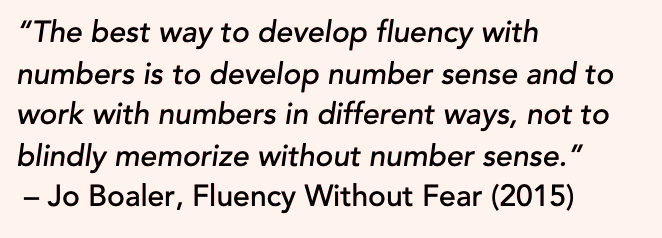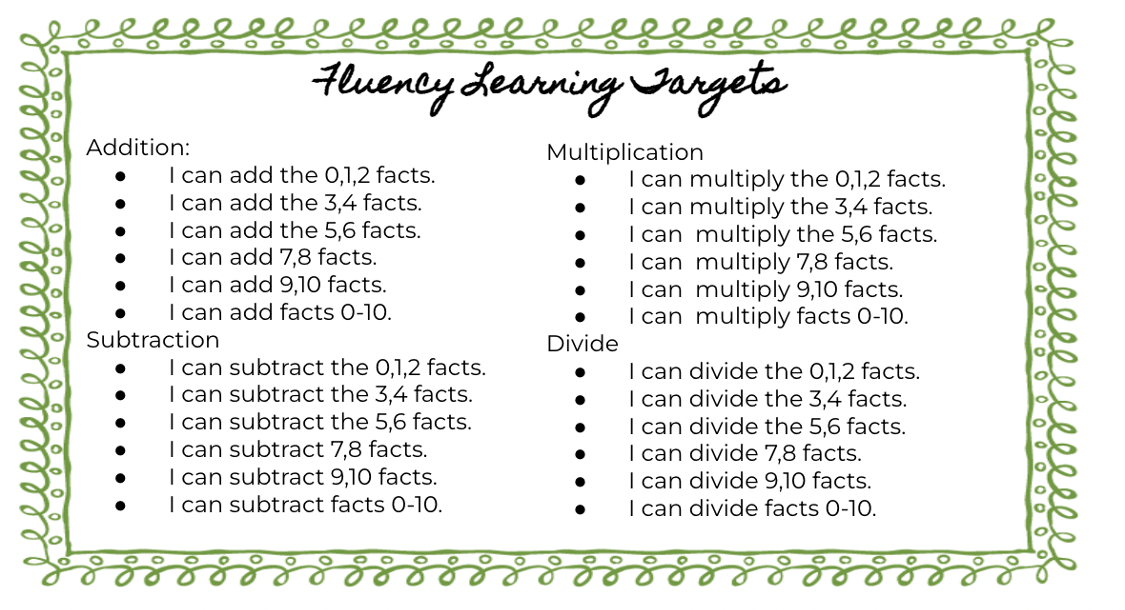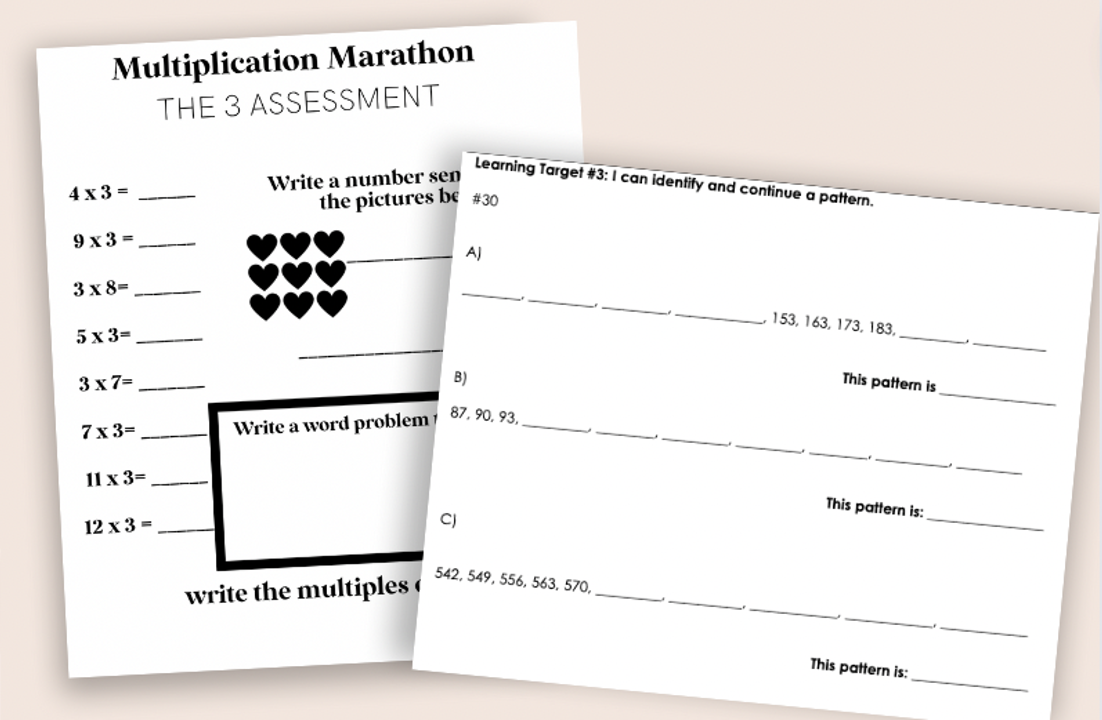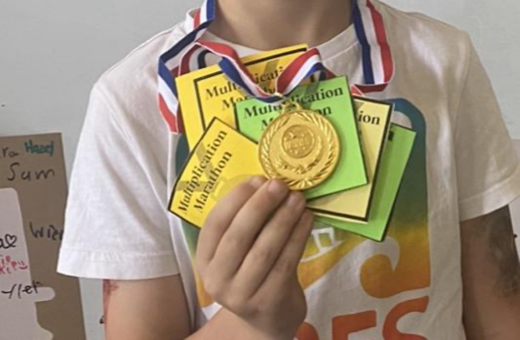Math Facts Fluency Fun to Round Out the Year
By Mona Iehl

That’s why I love ending the school year with a fact fluency challenge. This system helps my students solidify their fact fluency before the next grade while also engaging them in a fun initiative.
Fluency is a hot topic in most schools. Teachers and parents have strong feelings about students learning their facts. So first let’s get clear on what fluency is and then dive into how we can engage our students in becoming fact-fluent before the end of the year.
What is fact fluency?
The goal of fluency is that our students have efficient and accurate methods for computing. We want our students to be flexible in their strategies and understand these methods well enough to explain them. This development occurs during regular math discussions of relevant math tasks, not rote memorization.
Jo Boaler in Fluency Without Fear says, “Unfortunately misinterpretations of the meaning of the word ‘fluency’ in the Common Core State Standards are commonplace and publishers continue to emphasize rote memorization, encouraging the persistence of damaging classroom practices across the United States.”
She goes on to say, “The fact is fact fluency tests cause math anxiety, something that is now a part of even our youngest students’ experience with math.”

Our students will be more successful in building their fact fluency when they have opportunities to explore, discuss, and reflect on math. I share math instructional strategies in these two MiddleWeb articles: Helping Students Become Problem Solvers and Moving from the What to the How in Math.
A student centered fluency system
This student centered fluency system allows students to take the lead on learning their facts. It supports students in setting an appropriate fluency goal, taking specific action, and reflecting on their progress toward becoming fact fluent.
I’ve found that when I give my students the control over what to study and when to be assessed they are much more motivated. And isn’t that exactly what we need in the last few weeks of school: students that are excited to work hard and learn!
This fluency system motivates students and it’s really quite simple – here are the steps:
- Set a goal
- Practice
- Assess
- Feedback
- Return to #1 to set a new goal
Set a goal. First, students choose a goal from a list of learning targets. I created this list from the standards in grades below and above my students’ current grade. You can organize your learning targets in whatever way makes sense for your students. 
Math Fluency: Ways to Practice
| Learning Target | Grade Level | Practice | |
| 1 | I can x/÷ facts to 12.
|
3rd-4th | Reflex Math
Worksheet (multiplication) Worksheet (division)
|
| 2 | I can x/÷ multi-digit whole numbers. | 4th-5th | Multiplying Khan Academy (all multiplication videos and practice problems)
Division Khan Academy (all division videos and practice problems)
|
| 3 | I can identify and continue a pattern of rational numbers. | 4th-6th | Khan Academy
Practice- Find the Rule Patterns with Negatives Worksheet
|
Click here for the complete list of Fluency Ways to Practice
Assess: When students feel they have achieved their goal, they can “opt in” to a test. The test is not timed and offers students multiple ways to show their fluency.
Feedback: After the test I offer students feedback. Feedback is often a quick conference on their strengths and what they need to work on in that learning target. I also like to give students a note to take home to share that they met their goal with their family.
Depending on the grade, I also give students “medals” to show that they’ve passed a level. They can collect all their medals (just made of card stock) until they finish all of the learning targets when they earn a real medal!
Independence and choice
The combination of independence and choice throughout the process engages students and motivates them to achieve their goals.
Students are truly in the lead throughout the initiative. The choice motivates students to stay engaged in the final weeks of the school year. You’ll notice them studying their facts during free time and even at home! It really is a fun way to come together around learning at the end of our time together.
If you want to know more about how I put together this fluency system, I’m hosting a professional development session this summer on July 19th. You can join the waitlist here and get all the information about registration as soon as it is released.
Mona Iehl (@HelloMonaMath) is a fifth- and sixth-grade math teacher in Chicago, Illinois. Mona started her 14-year year teaching career in the primary grades but found her home in the middle grades six years ago. For more details about her teaching methods, visit her website and see her other MiddleWeb posts here.
Mona recently took her passion for helping teachers and students find their inner mathematician to a podcast. Listen in at @HonestMathChat. More fluency resources for multiplication & division systems are available at her Mona Math TPT shop.




































